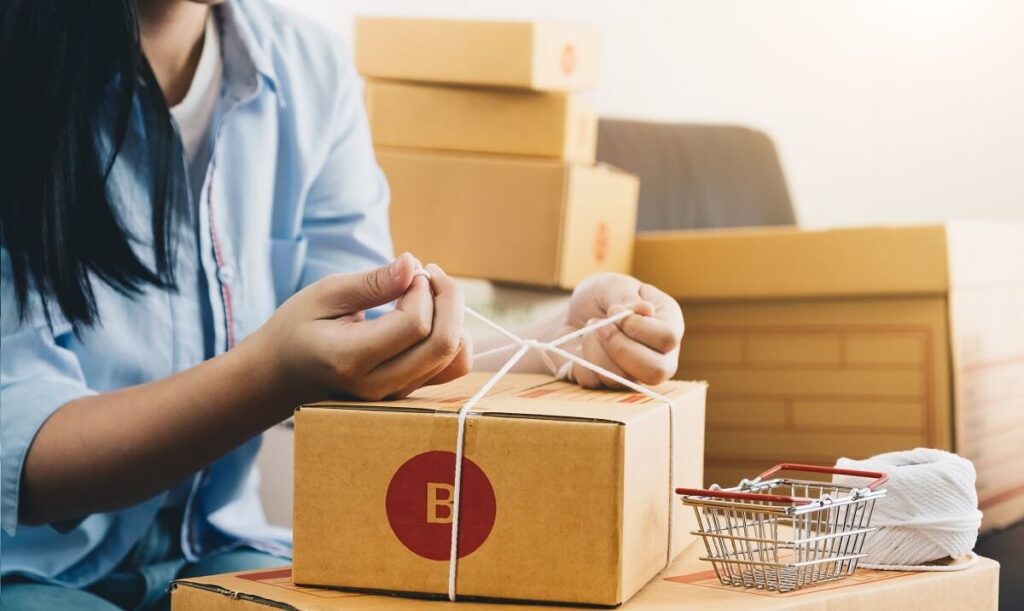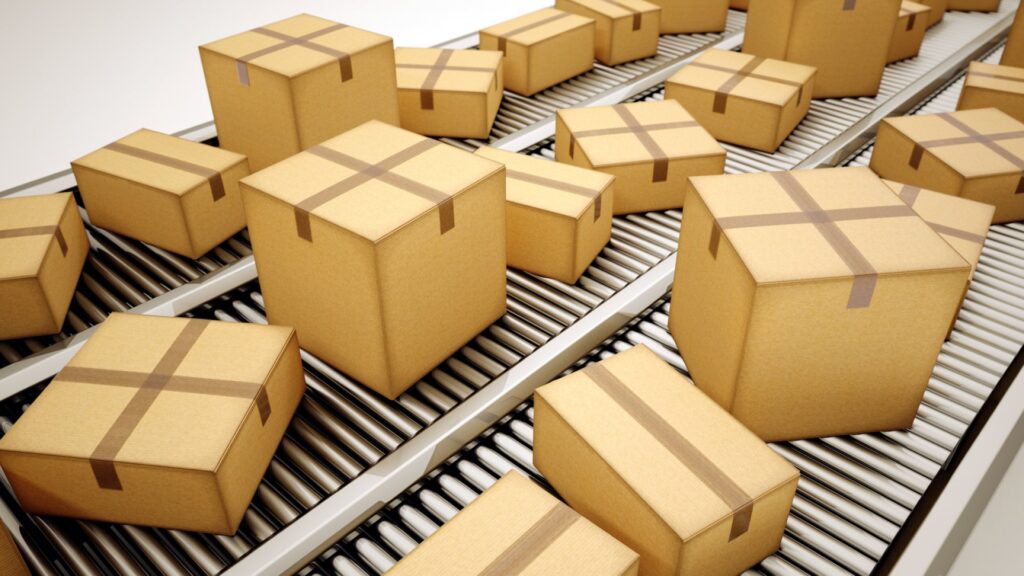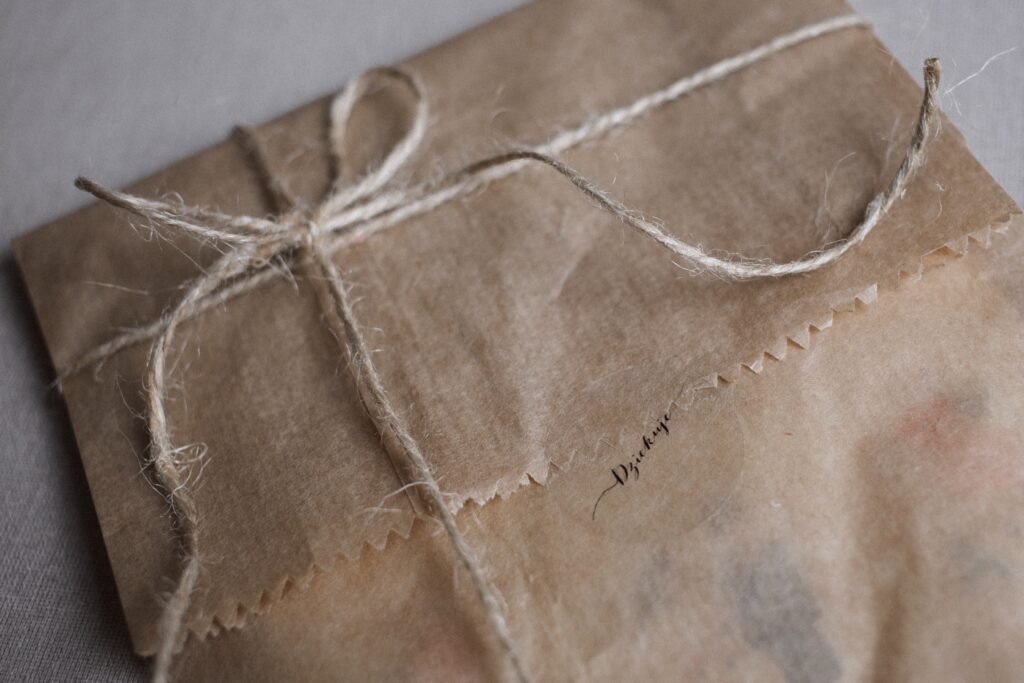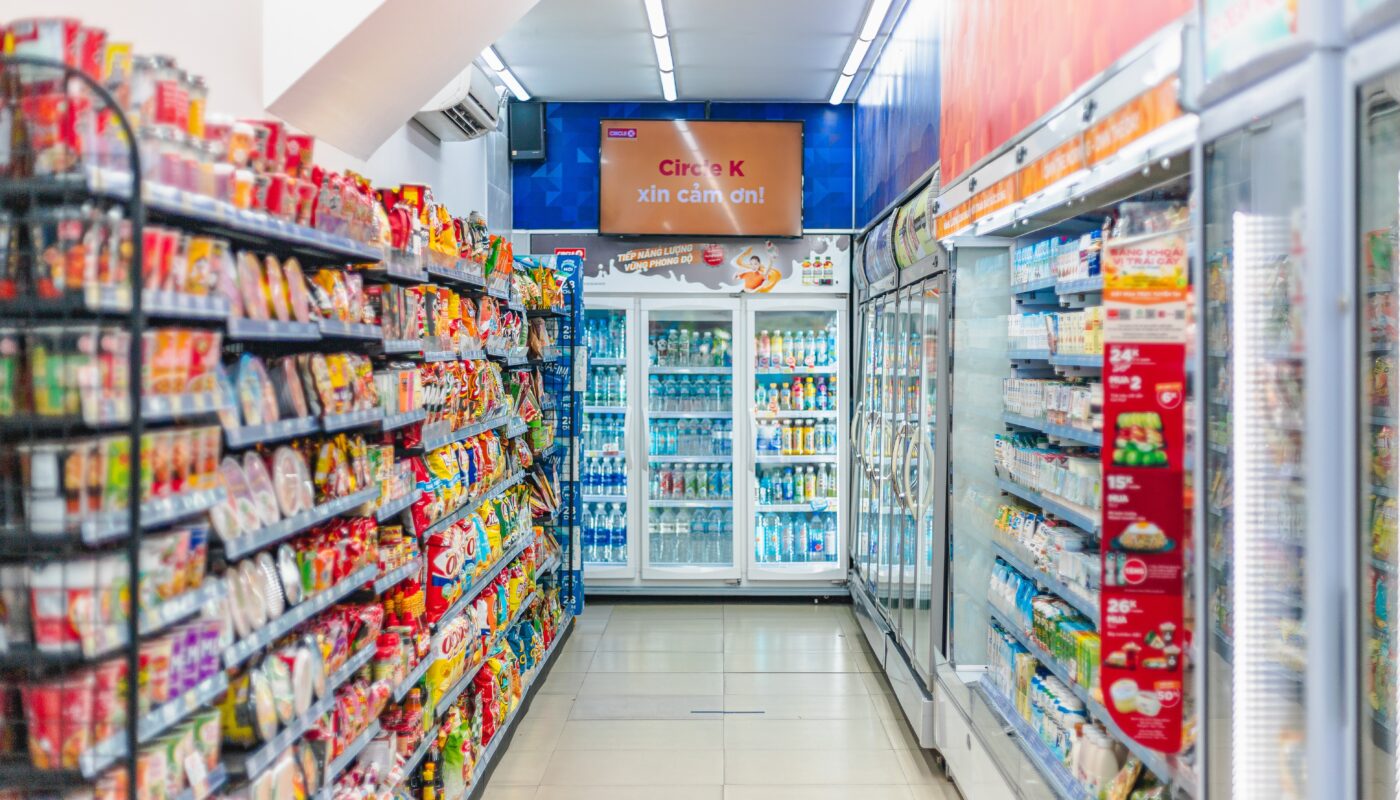We’ve all seen it. That package catches your eye and makes you want to take a closer look. It’s the package that has a great design, is well-made, and looks like it would make a great gift. If you’re like most people, you probably assume that good product packaging is something that only high-end brands can afford to do. But this couldn’t be further from the truth. In fact, good product packaging can be one of the most cost-effective ways to attract customers.
Page Contents
How to make your products appealing

Product packaging can make a big difference to the appearance and appeal of your merchandise. It can add visual interest, help to protect your products from damage, and even improve their sales. Here are some tips on how to make the most of product packaging:
- Use high-quality materials: Packaging should be made from high-quality materials that will protect your merchandise and look good at the same time. Choose materials that are resistant to moisture and oil, and which will give your products an attractive finish.
- Try contrasting colors: Make use of contrasting colors in your product packaging to create a more visually appealing package. This will help to increase the impact of your branding and marketing efforts.
- Use interesting textures: Texture is another key factor that should be taken into account when designing packaging. Using interesting textures can help to enhance the overall look of your products and add an element of fun to shopping experiences.
- Consider using graphics or images: Graphics or images can be used to add extra visual interest to product packaging. This can help attract customers’ attention and increase sales chances for your merchandise.
- Incorporate attractive fonts and typography that are easy on the eyes. Make sure all text is legible from a distance, and use big, bold letters for important information like product name and price.
- Use materials that are resistant to wear and tear. Plastic materials resist becoming mangled or dented, while cardboard is recyclable and environmentally friendly.
- Keep the design simple but effective. Limit yourself to a few basic elements that work well together, and use them in creative ways. For example, use a vertical line to divide a package into sections, or create an interesting border around the edge of the package.
- Take advantage of the white space. By using plenty of white space around your text and images, you will help them stand out more prominently and make your package look clean and modern. This also helps you save on printing costs since less ink will need to be used overall.
The benefits of good product packaging

A well-packaged product makes a statement about the producer and can help to attract customers. Benefits of good packaging include:
- Improved sales
Wrapping that is attractive, easy to open, and clearly labeled encourages customers to purchase products. Establishing brand credibility with well-designed packaging helps producers sell more products at higher prices, increasing profits. This is because it can attract attention and create an impression of quality in advance of buying the merchandise itself. By presenting your product in an appealing way, you can encourage customers to buy it sooner rather than later.
- Enhanced safety
Product packaging that is childproof and tamper-evident helps protect consumers from dangerous products by ensuring they cannot open them without help. This also discourages children from accessing dangerous items, reducing the risk of injury or death.
- Prolonged product life
Packaging that is airtight keeps products fresh and prevents them from becoming contaminated or damaged while in transit or storage. In addition, properly sealed packages reduce the wastefulness associated with throwaway culture by stopping products from entering the environment prematurely.
Different types of packaging

There are a number of different types of packaging available, and each has its own benefits and drawbacks. Some examples of common types of packaging include boxes, bottles, cans, pouches, tubes, and bags.
Boxes are often used for packaged goods that are sold on a supermarket shelf or in other retail outlets. They’re usually rectangular or square with a lid that fastens shut with a sealant. Packaging boxes come in a variety of sizes and shapes, and they’re often printed with promotional text or images that promote the product inside.
Bottles are often used for liquids such as water, juice, soda pop, or alcohol. They are either cylindrical or flat-bottomed with a neck at one end that’s threaded for a cap.
Cans are similar to bottles in that they come in many different shapes and sizes, but they’re made of aluminum or steel instead of plastic. Cans are also more difficult to open than bottles, which is why they’re used for products that need to be stored in a controlled environment like gasoline or paint.
Pouches are often used for foods that don’t require refrigeration, such as frozen food or snacks. The most common design is rectangular with a zippered closure.
Tubes are meant for merchandise that need to be transported in a liquid or gas form. They come in many different shapes and sizes, but most commonly they’re either thin-walled or thick-walled with a mouth at one end that’s threaded for a nozzle or fitting. T
Bags come in a variety of shapes and sizes, but most commonly they’re rectangular with a double-thickness layer of fabric on the inside. Bags are often printed with the product name, logo, and other information on the front and back.
Conclusion
One of the most important things you can do to attract customers is to have good product packaging. It can help your merchandise stand out and make it easier for potential buyers to decide whether they want to purchase it or not. When done well, good product packaging can also reduce the chances that your product will be damaged or lost in transit. If you’re looking to improve your business’s marketing strategy, look into using good product packaging as one of your methods.






